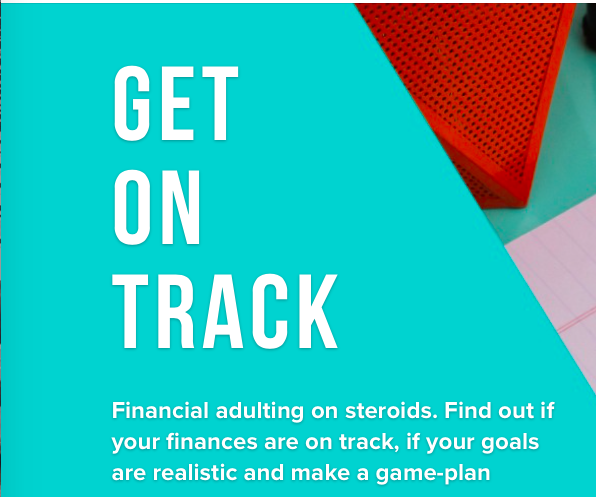We’re not going to be judgy about how you got into debt. Maybe you sincerely thought an employer would value your grad school degree in 12th century British literature.
Maybe you do have a high-paying job but it took 7 years and $120,000 in tuition to get it. Maybe you finally realized you can shop H&M online.
Who knows!
The point it, you owe money to someone, somewhere and and you want to be in the black.
But you also are not really into being super frugal because you’re only 26 once and you want to drink beer with your friends and go to Iceland for a bachelorette.
It’s going to take longer to pay off your debt and you know that and are okay with that. But you still need a plan.
So get a pen and paper, or if you’re a more technologically advanced human, an Excel sheet:
Figure out exactly how much you owe
This is not a time to bury your head in the sand. Open your credit card and mortgage statements, sign into OSAP online and don’t forget that couch you financed through The Brick. Then add it all up.
Now try to lower your interest rates: call your credit card companies and negotiate them, switch to a low-balance card or consider consolidating your debt with a line of credit.
Figure out exactly how much you make
This is easier for those with one employer and one T4, but it may be a challenge for sole-proprietors and freelancers. If this is the case, average out your monthly income and low-ball future predictions.
Now try to make more money: sell stuff on eBay or Etsy, shovel snow for your neighbours, rent out your couch on Craigslist, get a part-time job, etc., Any extra money put straight toward your debt.
Figure out exactly how much you spend
This will be the most challenging because most people have no idea where their money is going. Start with your fixed expenses – rent, internet, phone, insurance, etc., and then comb through your debit and credit card statements for the last 6 months to see how much you’re spending on restaurants, gifts, travel, clothes, haircuts, cash that disappears into nowhere etc.,
Vow to track your expenses better in the future, because this is the key to reducing debt fast: You can’t cut expenses you don’t know about!
Now try to reduce your expenses: Look carefully at what you’re spending on. What won’t you miss? What do you feel your wasting your money on? Can you live without anything? Can you move apartments or get a roommate? Try to reduce your spending by something, no matter how small.
Now that you know, really know, how much you make, how much you spend and how much you owe, and are trying your best to take action in each category, head on over to www.debt.ca and play with some numbers to calculate different repayment scenarios. Having a plan will make you feel so much more in control, and without huge changes to your lifestyle.
The best option is to come in for a one-on-one session and we’ll make you a customized debt repayment plan that works for you!
Or, for an in-depth tutorial on how to track your finances, check out our online course GET ON TRACK. Find out if your goals are achievable within the time frame you want and realistic for your savings! You’ll set goals, prioritize them in a financially responsible way (I know I know.. boring) and get on a realistic budget to move your finances forward. Don’t worry – there’s definitely room for fun and vacations.



Recent Comments